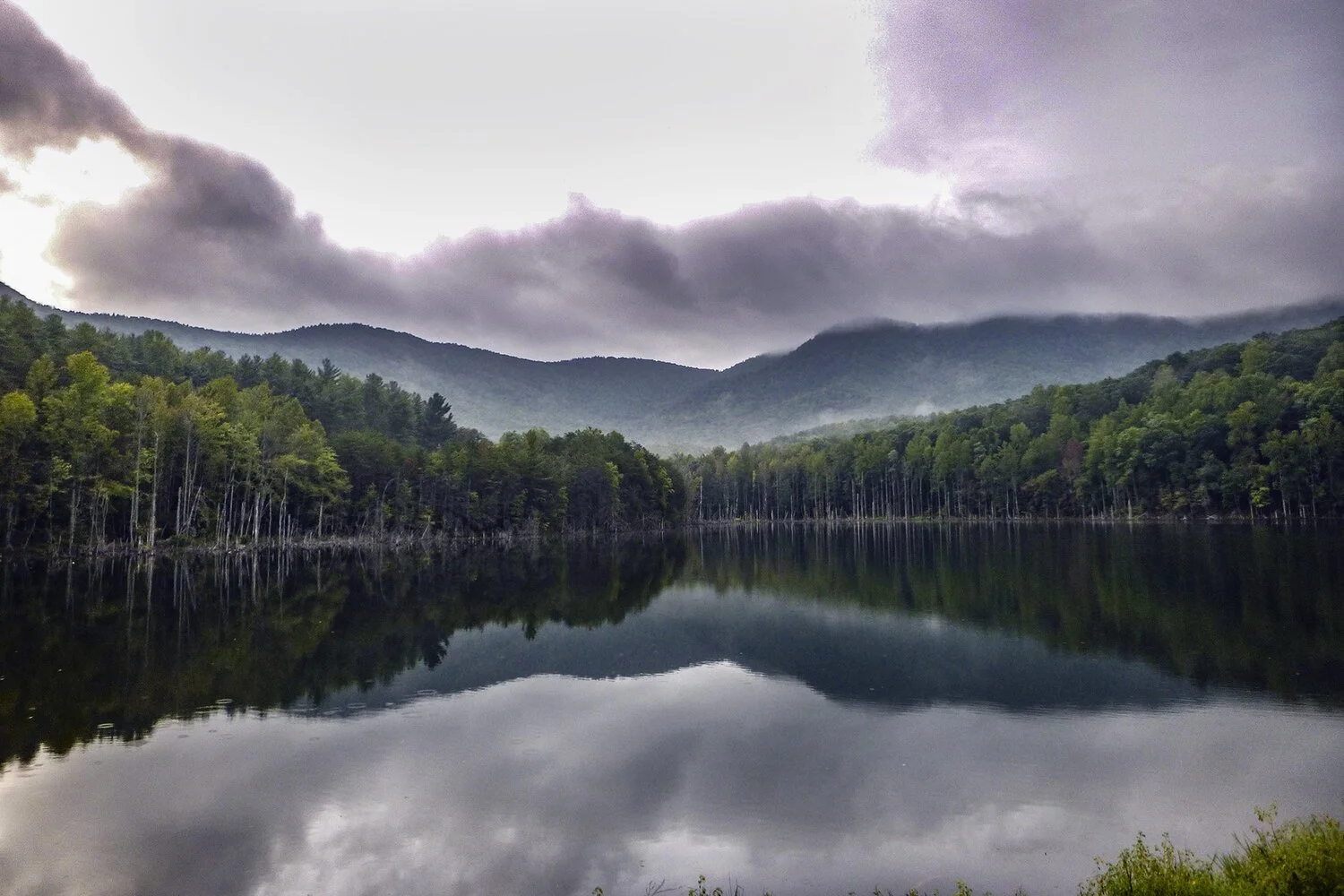Snakes and Bats and Wasps, Oh My! Animal Safety in Spring and Summer
/Summer is here, and as the weather warms up in North Carolina, bridge inspectors can face unexpected encounters. During the warmer months, animals use bridges as a place to hide from the heat of the day or retreat from cars or humans. Unfortunately, this is also a time when we inspect a lot of bridges and culverts. While running into animals is uncommon, it’s always good to be aware of the best ways to prevent encounters or act if one occurs.
Here are some tips that we at A&O have for dealing with or avoiding some of the animals you might see.
Bats
A Northern Long-Eared, bat which is endangered, found during a bridge inspection
Bats love all small dark places. Culverts in particular are safe, away from the sun and most predators, and have a consistent temperature. What’s better, humans rarely come near them. In larger culverts, bats can come together to make a colony where they raise their young. While this is a good thing, as bats eat mosquitoes and other pests, it also increases the risk of coming in contact with the bats, their guano, and the diseases that bats sometimes carry.
Fortunately, the presence of bats is fairly easy to notice when you’re inspecting. Bat guano is obvious, as is the sound of the squeaks of a large colony. In most states, inspectors and engineers are required to stop any bridge or culvert inspection, and report the bats to authorities. Afterwards, the state determines how to proceed. Several species are protected, meaning disturbing them can cause a different kind of trouble.
Thankfully, finding bats in culverts or under bridges isn’t very common, and when it happens, as shown in the image to the right, it’s usually only one or two. Most of the time, it’s best to give them plenty of room to escape and proceed with the inspection.
Snakes
The more common, and more dangerous, pests in North Carolina are the many kinds of snakes that call our state home.
North Carolina’s temperate, humid climate makes it perfect for snakes. While cottonmouths, copperheads, and timber rattlesnakes are the most dangerous, even a nonvenomous snake can still cause injury. For bridge inspectors, it’s easy to mistake a snake for a log or a stick, or to miss a hiding place while inspecting the cracks and crevices in a bridge or culvert. That’s why A&O inspectors take special precautions when in the field both for our safety and that of the animals.
A black snake found outside our building. Snakes are everywhere this time of year.
It's best to always assume that snakes are active. Even in winter when it seems unlikely, it’s possible to accidentally disturb a hibernating snake. This is one reason why, regardless of the time of year, we never work alone, and when we are in isolated areas, we make sure to keep radio contact.
Secondly, we avoid anything that could cause an encounter. A&O inspectors avoid stepping directly over logs and large rocks if they can’t see the ground behind them. Usually, they either go around the rocks or logs, or, if they have to go over, they make sure to pause at the top to make sure there aren’t any snakes or other animals on the other side. They also avoid jumping from overhead spaces or climbing using handholds they can’t see well. These can be good hiding places for snakes, insects, and even dangerous plants. If they need to move any debris, they never do it with our bare hands. Rather they use a pry bar, shovel, or anything similar on hand, so any snake or other animal that might be hiding has the chance to run.
However, no matter how safe and careful we are, there is always the potential of something going wrong. That’s why we make sure that when we are in the field, we’re aware of the location of the closest medical facility with antivenom, as well as the fastest way to reach it. It’s always important to know that accidents can happen and have a plan to avoid serious consequences.
Regardless of the risk snakes pose, A&O does not capture or to kill any snakes we may find. We are called to be good stewards of our environment, and part of that is to leave all animals in peace if possible. If we do encounter a snake, we avoid the location or encourage the snake to leave on its own. In the case of a bite, it’s important to not kill the snake. For identification, take a picture or remember the coloration and any rattle it had. Even bite marks can be used to identify snakes.
Insects
A bee hive found while inspecting.
Another risk our bridge inspectors face while on the field is insects. While most, like mosquitoes, are less a threat and more of an annoyance, sometimes workers are allergic to insect stings, such as bees or wasps.
One of the duties of inspectors is to alert team members of all allergies they’re aware of before they go into the field. A team is only effective if they are able to guard one another and be aware of how to react to an emergency.
As we do with snakes, inspectors make sure to check on the locations of hospitals that could treat an allergic reaction, but they keep a first aid kit on hand, including an EpiPen or Ana-kit. They also make sure everyone knows how to use them.
Unfortunately, bee or wasp hives do sometimes appear in places we inspect, such as under bridges or in trees near a site. If we find a bee hive at a structure while inspecting, we call pest control to report our findings, and stop the inspection. This is also true if the hive is under a pedestrian bridge or on a greenway.
As the weather gets warmer, unpleasant animal encounters become more likely. However, we hope you’ll remember these tips throughout the year. As a final tip: always be aware of your surroundings and give animals and insects room to adjust to your presence in the environment.








